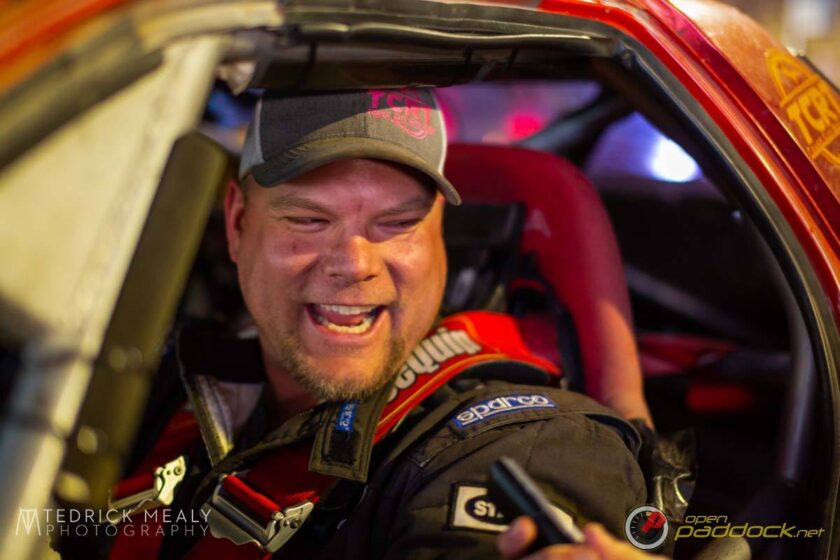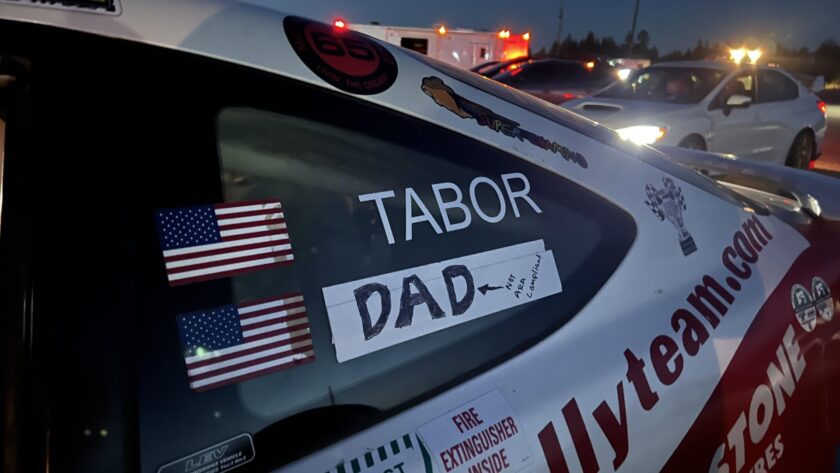Comparing the number of accidents in Formula 1 and other open-wheel series and in IndyCar in the past couple of years has me wondering if the INDYCAR overtaking rule (faux-vertaking as @MikeOpenPaddock would call it) doesn’t in fact encourage avoidable contact rather than discouraging it.

There has been a lot of talk about INDYCAR’s overtaking rule on road and street courses that demands that a driver leave open the inside line in approach to a corner, and usually not in happy tones. This rule comes from Tony Cotman and the late days of the Champ Car World Series, and was instituted as a way to promote overtaking in a series where the equipment was, like INDYCAR is now, spec. IZOD IndyCar Series fans first became fully aware of this rule in 2010 when Helio Castroneves took and held inside line toward Turn 1 to defend against a hard charging Will Power. He never changed his line, he chose what line he was going to take to Turn 1 and stuck with it. It was a huge surprise to us, and to the Versus broadcast team, to hear that Helio was going to be penalized for blocking. The image that sticks with us all from the aftermath of that incident was Helio grabbing Chief of Security, Charles Burns by the collar. Many of us thought, “Helio, you’re a dead man! What are you doing? He can squish you like a bug!” Luckily for Helio, Charles, being the incredibly skilled professional that he is, defused the situation immediately by simply laughing and taking the tension right out of the air with that laugh. Since that controversy, we’ve heard about this rule at every road and street course race. One advantage that we have this season over last season is that we now have access to the 2011 IZOD IndyCar Series Rule Book and can see directly the wording of the blocking rule.
9.3.B. Blocking – A Driver must not alter his/her racing line based on the actions of pursuing Drivers or use an abnormal racing line to inhibit or prevent passing. Blocking will result in a minimum of a black flag “drive through” penalty.
Tony Cotman has defended this rule tooth-and-nail with several media outlet over the past year as being what is best for the racing product. His most recent comments appear in a Q&A with Racer Magazine following the race on the Streets of Baltimore in which he states, “If the rule wasn’t there, two things would happen: We’d have a lot more accidents, and we’d have no passing.” I think of the years of racing that Formula 1 has done on the Streets of Monaco and most recently at Singapore, the years of open-wheel racing on the Streets of Long Beach, and event the years of Indy car racing at tight road courses like Mazda Raceway Laguna Seca, and I compare those races to the spectacle we saw at Long Beach, Toronto, and Baltimore this year in the 2011 IZOD IndyCar Series. IndyCar this season as been, as PressDog would put it, a Festival of Carbon Fiber, with multiple occasions of multi-car incidents during the same race!
In Formula 1 at Monaco, while there were a couple of avoidable incidents, both involving Hamilton, only the contact with Maldonado was a result of the contact in a hard braking zone similar to what we’ve seen in IndyCar. In Singapore, again there were a couple of incidents, but none were the result of a leading driver taking an abnormal line. There is only a one occasion in Formula 1 this year that I can recall in which an incident occurred as a result of a lead car attempting to block a trailing car (Buemi on Heidfeld at Nürburgring) for which Buemi was given a five-spot grid penalty for the following race. In IndyCar this season in each of the street course races and a few of the road course races, we’ve seen drivers spear their competitors in overly-ambitious attempts to take advantage of what they perceived as an open inside lane. While an surplus of ambition has lead Formula 1 drivers to mistakes as well this year (see Senna at Spa), the rate of occurrence is no where near what it has been in IndyCar.
Any one who has raced, or even played a racing simulator such as iRacing or Grand Turismo, knows what a huge temptation it is to see the inside line open when approaching a hard braking zone. On a street or road circuit where all overtaking opportunities are to be exploited immediately lest you not come across an opportunity in later laps. Its my assertion, then, that having that inside line artificially open leads drivers, especially toward the end of a race, to make overtaking attempts that perhaps they wouldn’t have under more natural racing conditions. If you think of all the big incidents at St. Pete, Long Beach, Toronto, Edmonton, Baltimore, and Motegi this year, they have all happened as a result of overly ambitious overtaking attempts ending with the driver attempting the pass contacting the inside rear tire of the leading driver with their outside front tire. Because of this, I’m fully convinced that the amount of avoidable contact we see now in IndyCar has actually increased as a direct result of the CCWS-imported blocking rule.
What say you? Agree with me? Think I’m full of crap? Let us know in the comment section below.





Interesting point. Not 100% sure I agree, but I think that we see at least as much contact nowadays as we used to see in the days before the rule was instituted. Personally, I’d like to see the rule lifted in order to eliminate confusion and the “no more than one move” rule enforced more evenly and draconianly (to coin a word). It’s really the only rule you need, so long as the drivers know that if they pick a line and then deviate more than a foot from it that they’re going to get a swift drive through penalty.